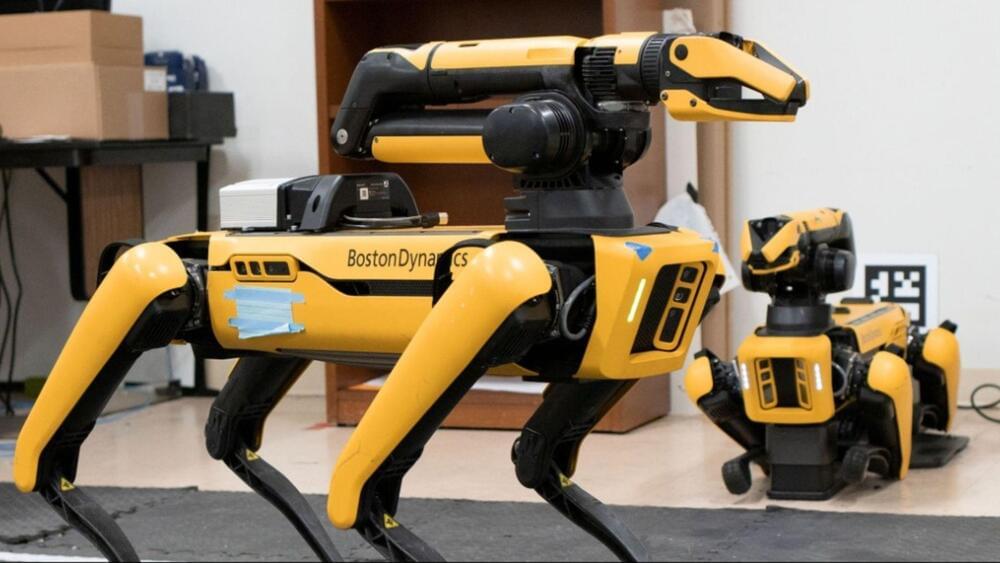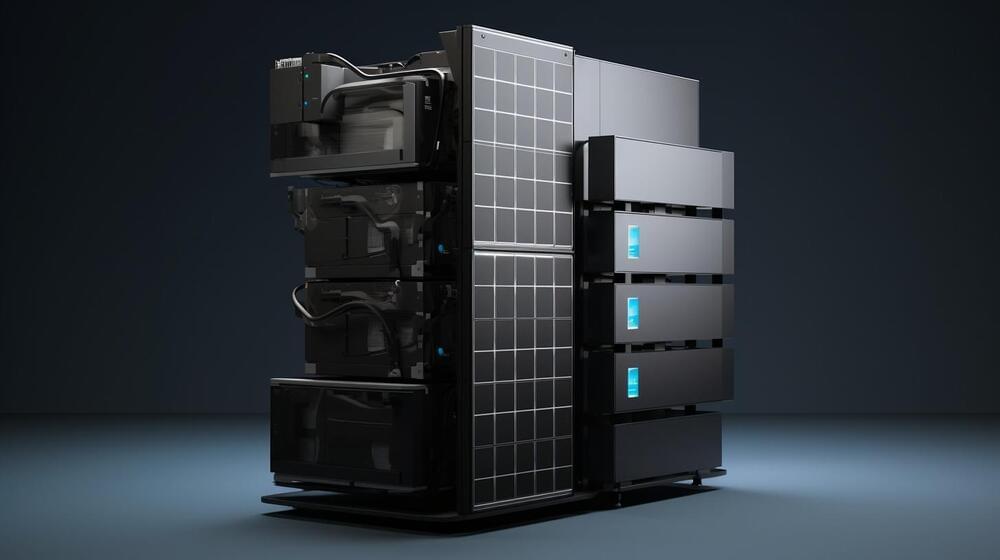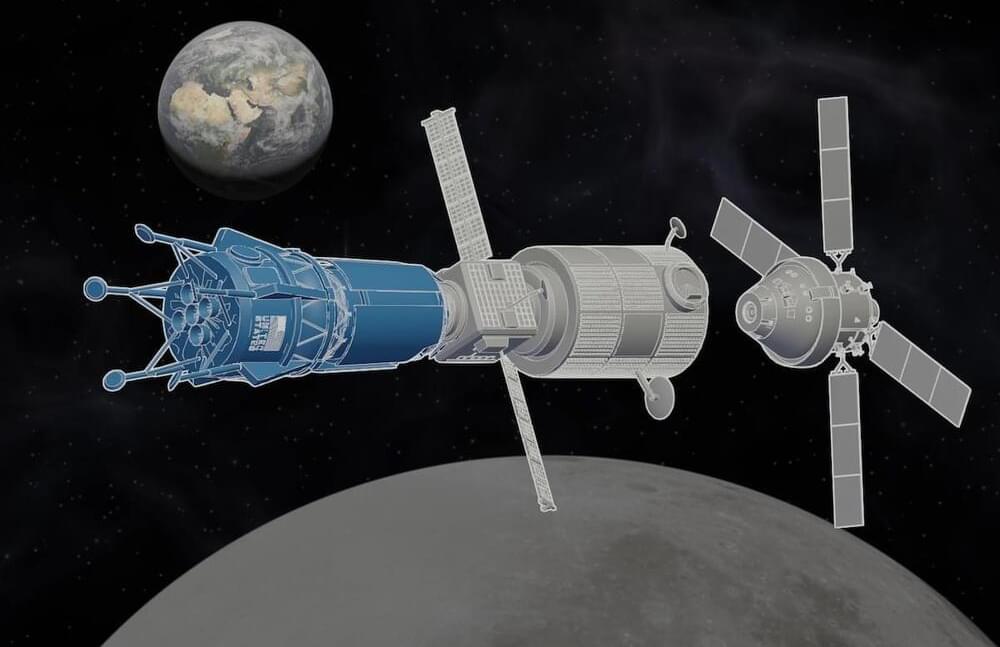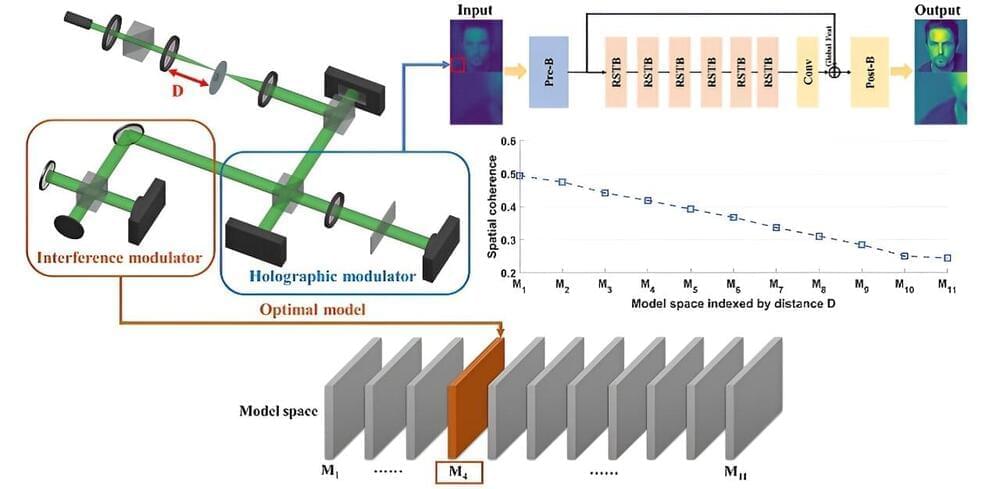Anton Vierietin/iStock.
Another revelation hints at a glimmer of hope.


The device shows promise in a 62-year-old advanced-stage Parkinson’s patient.
In a major medical development, a man battling Parkinson’s disease has defied the odds and regained the ability to walk, thanks to a pioneering implanted device in his spinal cord.
The remarkable breakthrough promises new hope for countless individuals worldwide who have been affected by Parkinson’s disease and its associated debilitating walking difficulties.

Discover the cutting-edge AI system revolutionizing human-to-robot communication, breaking barriers in understanding nuanced instructions.
In a groundbreaking development at Brown University’s Humans to Robots Laboratory.
This innovative system eradicates the longstanding challenges in enabling robots to comprehend and act upon human instructions presented in everyday language, according to a university release.

Bluetti, a leading US solar and storage specialist, has announced the launch of its groundbreaking EP760 battery system, offering a highly customizable energy storage solution for residential settings. This innovative system introduces a modular design that allows users to stack up to four lithium iron phosphate (LFP) battery modules, providing a flexible energy storage capacity of 9.9 kWh to 19.8 kWh.
Unlike traditional fixed-capacity battery systems, the EP760 offers adaptability and scalability, enabling homeowners to tailor their energy storage setup to meet their specific needs. By combining the EP760 with two to four B500 battery packs, users can create an energy storage system ranging from 9,920 Wh to a maximum of 19,840 Wh. With the ability to deliver up to 7,600 W of single-phase power in grid or off-grid mode, the EP760 ensures reliable and efficient operation.
Bluetti’s EP760 comes equipped with several advanced features that make it an ideal choice for residential applications. The system’s intelligent peak load shifting feature allows homeowners to take advantage of off-peak electricity pricing by charging the battery system when grid electricity is cheap and discharging it during peak hours, reducing overall energy costs. Additionally, the EP760 can be seamlessly integrated with existing or future solar systems, supporting up to 9,000 W of solar charging.

Apple CEO Tim Cook pushed back a bit at the notion that the company was behind in AI on yesterday’s Q4 earnings call with investors, as he highlighted technology developments that Apple had made recently that “would not be possible without AI.” Specifically, the exec pointed to new iOS 17 features like Personal Voice and Live Voicemail as examples of its innovation with AI technologies. In addition, Cook confirmed Apple was working on generative AI technologies.
The features Cook called out aren’t necessarily thought of as AI by consumers, and that may be by design. Cook suggested that Apple doesn’t label the features as “AI” necessarily.
“We label them as to what their consumer benefit is,” Cook said. “But the fundamental technology behind it is AI and machine learning.”

Siemens and Microsoft team up to introduce the Siemens Industrial Copilot and enhance human-machine collaboration.
Microsoft and Siemens have unveiled a groundbreaking partnership aimed at leveraging generative AI to revolutionize industries on a global scale, Microsoft announced.
This collaboration introduces the Siemens Industrial Copilot, an AI-powered assistant designed to enhance human-machine cooperation, particularly in the manufacturing sector significantly. The joint initiative represents a substantial leap forward in AI technology, intending to accelerate innovation and streamline operations across diverse industries.


Whenever measurement precision nears the uncertainty limit set by quantum mechanics, the results become dependent on the interaction dynamics between the measuring device and the system. This finding may explain why quantum experiments often produce conflicting results and may contradict basic assumptions regarding physical reality.
Two quantum physicists from Hiroshima University recently analyzed the dynamics of a measurement interaction, where the value of a physical property is identified with a quantitative change in the meter state. This is a difficult problem, because quantum theory does not identify the value of a physical property unless the system is in a so-called “eigenstate” of that physical property, a very small set of special quantum states for which the physical property has a fixed value.
The researchers solved this fundamental problem by combining information about the past of the system with information about its future in a description of the dynamics of the system during the measurement interaction, demonstrating that the observable values of a physical system depend on the dynamics of the measurement interaction by which they are observed.

Holographic imaging has always been challenged by unpredictable distortions in dynamic environments. Traditional deep learning methods often struggle to adapt to diverse scenes due to their reliance on specific data conditions.
To tackle this problem, researchers at Zhejiang University delved into the intersection of optics and deep learning, uncovering the key role of physical priors in ensuring the alignment of data and pre-trained models.
They explored the impact of spatial coherence and turbulence on holographic imaging and proposed an innovative method, TWC-Swin, to restore high-quality holographic images in the presence of these disturbances. Their research, titled “Harnessing the magic of light: spatial coherence instructed swin transformer for universal holographic imaging,” is reported in the journal Advanced Photonics.

USA: Medical researchers at the University of Minnesota have developed an experimental method for treating hard-to-treat blood cancers using natural killer cells pre-treated with nicotinamide, a compound commonly known as vitamin B3. These natural killer cells are part of the body’s immune system and have the unique ability to target and destroy malignant cells.
A recent study, published in Science Translational Medicine by Frank Cichocki and colleagues, highlights the potential of this approach in treating relapsed or refractory leukemias and lymphomas, where traditional treatments have often failed. The study involved boosting the effectiveness of natural killer cells through pre-treatment with nicotinamide and interleukin-15 (IL-15).